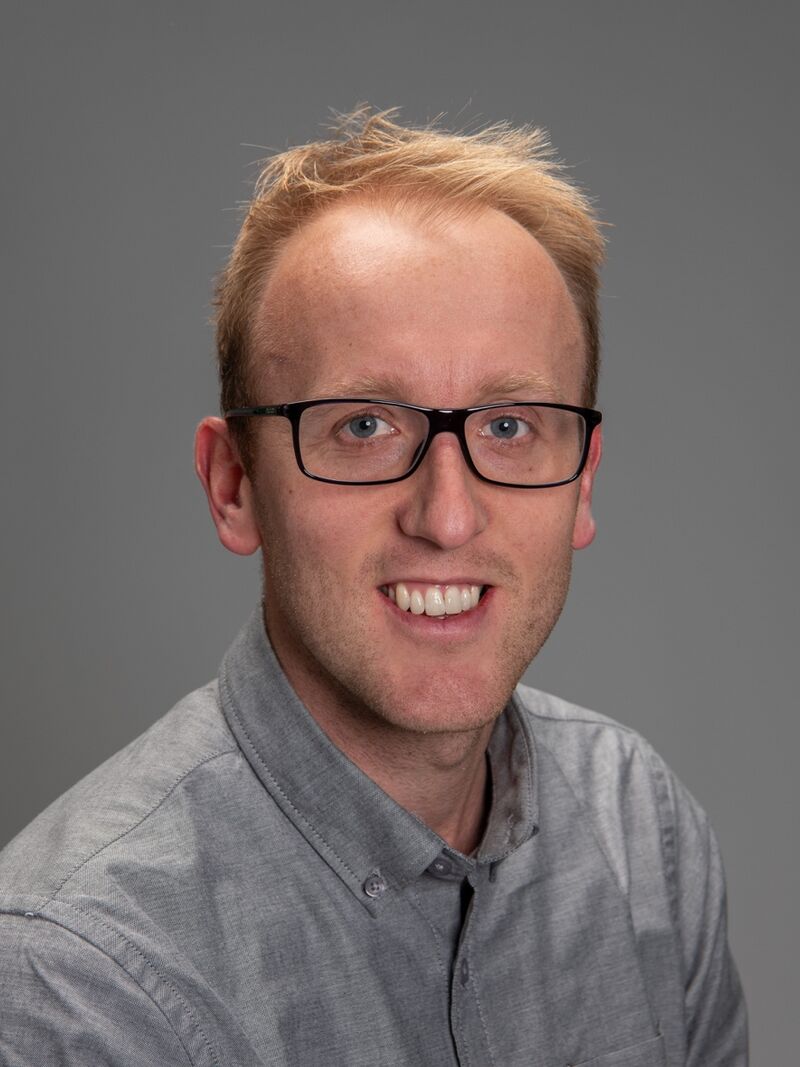Geen bewerkingssamenvatting |
Geen bewerkingssamenvatting |
||
| Regel 4: | Regel 4: | ||
|Name=Wietse van de Lageweg | |Name=Wietse van de Lageweg | ||
|Imagename=HZ-Wietse-van-de-Lageweg.jpg | |Imagename=HZ-Wietse-van-de-Lageweg.jpg | ||
|Profiletext= | |Profiletext=Wietse van de Lageweg is an Earth scientist with a primary interest in fluvial, estuarine and coastal systems. These environments are characterised by ever changing patterns in flow and sediment transport and complex interactions with vegetation and animals. he employs a variety of approaches including flume experiments, numerical modelling and field observations to better understand these systems and how changes in these environments may impact society. | ||
Wietse obtained his PhD at Utrecht University in 2013. His PhD project focussed on the morphodynamics and sedimentary architecture of meandering rivers. Then, Wietse worked as a postdoctoral research associate within the Department of Geography, Environment and Earth Sciences at the University of Hull (UK). His research focused on climate change impact and adaptation of coastal and fluvial systems and was part of the EU-funded Hydralab+ project. As part of traineeships in the USA and New Zealand, he also studied shoreline-sandbar coupling at Tairua beach in New Zealand and used the morphodynamic model Delft3D to simulate hydrodynamics, sediment transport, morphodynamics and preservation of sand and mud in the Columbia River Estuary, USA. In 2018, Wietse worked as a coastal morphology expert at AnteaGroup Belgium, based at Flanders Hydraulics Research in Antwerp. Using the coastline model UNIBEST-CL+, he simulated shoreline changes post-construction of a possible mega nourishment along the Flemish coast. | |||
Wietse's teaching role includes Ecological Engineering (2nd year class), the Master River Delta Development and supervision of Bachelor thesis students. | |||
|Stakeholder=STKH 00002 | |Stakeholder=STKH 00002 | ||
|Email=wietse.van.de.lageweg@hz.nl | |Email=wietse.van.de.lageweg@hz.nl | ||

